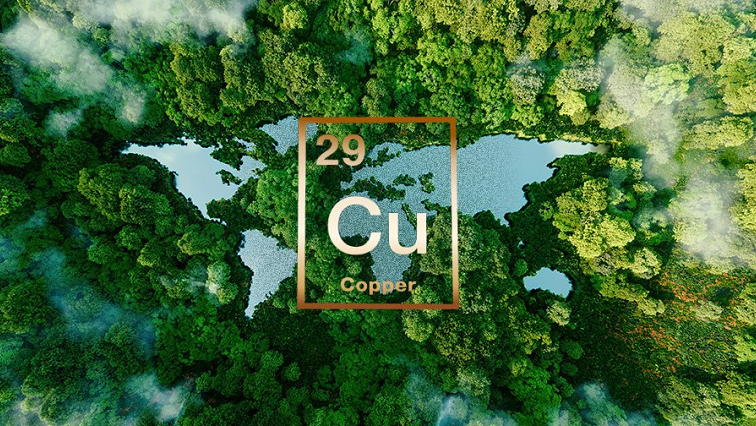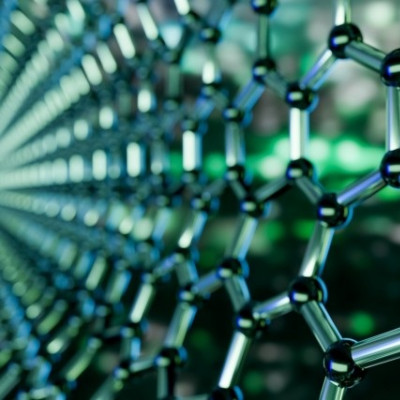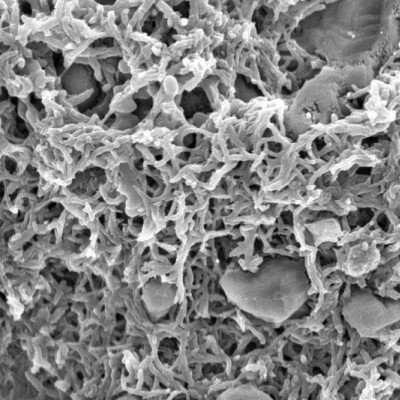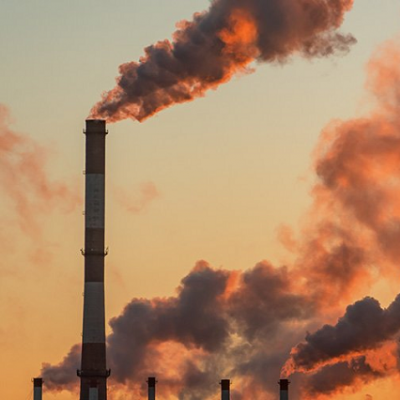Rising CO₂ emissions are accelerating global warming and climate change. But what if scientists could repurpose excess CO₂ into a potential energy source?
Electrochemical reduction is a promising way to achieve this. Through this catalyst-driven process, CO₂ is converted into products like carbon monoxide (CO), methane (CH₄), ethanol (C₂H₆O), or formic acid (HCOOH). Yet, barriers remain in trying to achieve industrial-scale production of specific products. This is because in CO₂ reduction, the reaction can lead to several potential outcomes. Scientists, therefore, are experimenting with ways to influence the reaction pathways, making it more likely that specific products will be formed.
A group of researchers from Tohoku University, the Tokyo University of Science, and Vanderbilt University have turned to the versatile metal copper, using it as a catalyst for electrochemical CO₂ reduction, to achieve controllable product specificity. By controlling the structural architecture of copper at the nanoscale, they could precisely shape the copper into nanoclusters under 2 nm in diameter, thereby enhancing the efficiency of its use as a catalyst.
Details of their research were published in Small Science on November 28, 2024.
"We explored defect-induced copper nanoclusters as a cost-effective alternative to noble metal nanoclusters, tailoring them to produce specific high-energy-density products," says Yuichi Negishi, a professor at Tohoku University's Institute of Multidisciplinary Research for Advanced Materials (IMRAM).
The team enhanced the nanoclusters' performance by creating specific active sites through deliberate defects in the cubic copper structure. By slightly dislocating some copper atoms, they prevented surface-protecting ligands from attaching to certain areas, leaving these spots exposed. These dislocated atoms appeared not only at the cube's corners but also along its edges, forming a network of reactive sites ideal for CO₂ reduction. This unique arrangement of copper atoms allowed the team to guide the reaction more effectively, improving the selectivity and efficiency of the desired products.
Tests showed that nanoclusters with a single modified vertex were highly selective for producing methanol (CH₃OH). However, as the number of defect sites increased, the selectivity shifted toward different products.
"Our research underscores the potential of copper nanoclusters as an affordable CO₂ reduction catalyst, highlighting how their structural design influences product selectivity," adds Negishi.
Such advancements could drive the development of new functional materials from readily available resources, potentially creating a more sustainable future.
Read the original article on Tohoku University.







